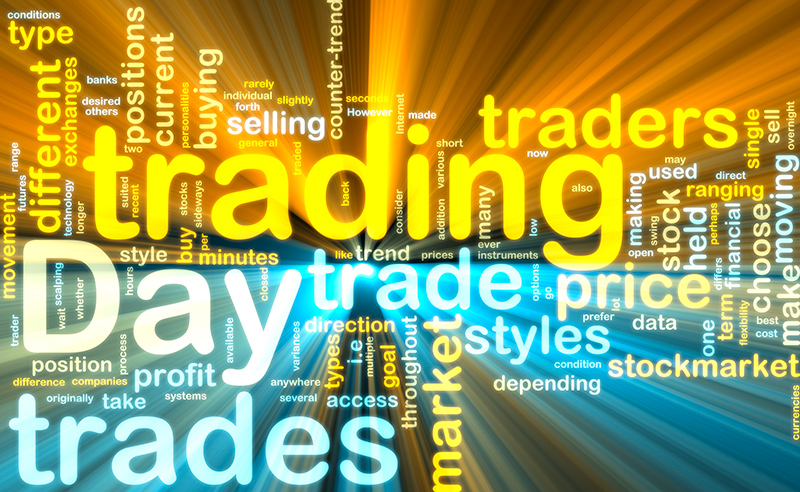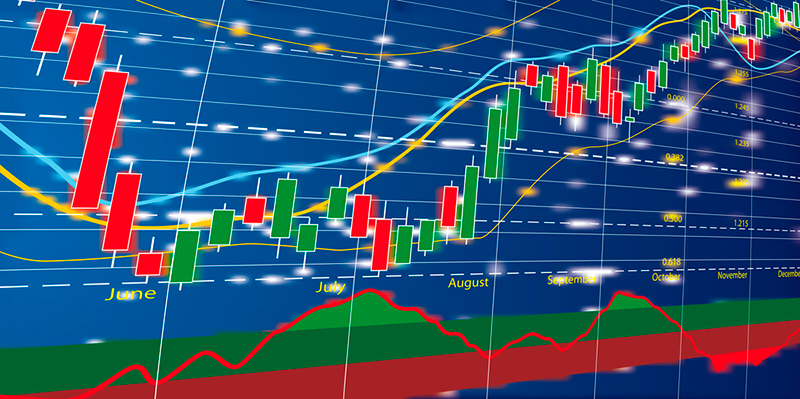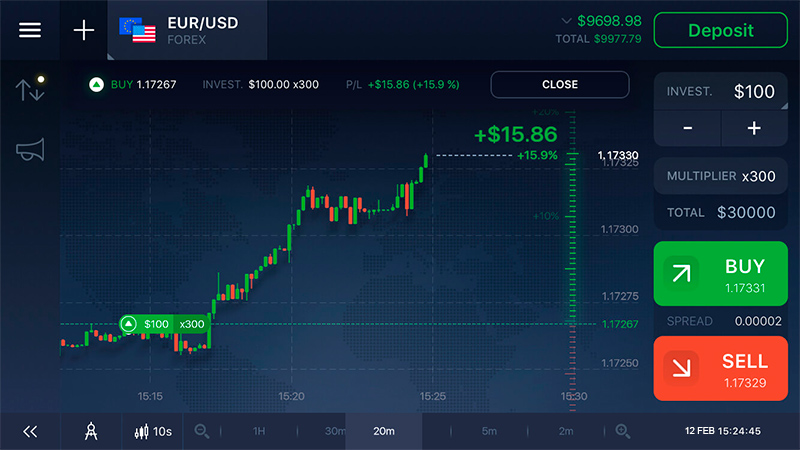How To Trade Forex?
 Forex is a critical component of every international business, allowing companies present in different parts of the world to receive and send payments for their services and goods. In order to become a successful trader, it is important to understand how the forex market works, various methods of trading involved and finally structuring an ultimate trading model that will pave your path towards success.
Forex is a critical component of every international business, allowing companies present in different parts of the world to receive and send payments for their services and goods. In order to become a successful trader, it is important to understand how the forex market works, various methods of trading involved and finally structuring an ultimate trading model that will pave your path towards success.
What Are The Different Styles of Forex Trading?

What exactly are those qualities that differentiate an experienced trader from the rest? Intelligence, instincts, competence and most importantly style of trading. Like the different types of traders out there, there are different styles of trading too, and each of them is typically designated to particular timeframes. These timeframes are utilized by traders to develop their ideas and then execute them strategically. Besides this, timing can be crucial for taking advantage of those elements that are often not in control of traders such as the nuances of various currency pairs, position leveraging and effects of both unscheduled and scheduled news releases.
Some of the common styles of trading that are practiced by investors around the globe to trade forex include:
Day Trading
Just as the name suggests, day trading is a popular way of entering and then exiting positions on the same day i.e. within 24 hours. Most of the day traders make use of technical analysis so as to discover and then make the most of intraday fluctuations, tick volumes according to chart intervals and view the price per minute. Since traders hold their position for minutes or hours, there is no significant movement of prices, thus day traders often get rewarded with small gains. For leveraging buying power, traders trade within the specified margin.
Day trading is regarded to be a form of full-time job as the positions held have to be monitored constantly and traders must be aware of any interruptions that occur, such as issue with the trading platform or sudden price movement.
Position Trading
Position trading is the one that lasts for the longest timeframe, where trades can range from weeks to months. Such traders utilize combination of technical and fundamental analysis to take informed trading decisions and even refer to the charts and reports while evaluating the structure of the market. Important thing that should be noted is that short-term price fluctuations are not considered in position trading. This is done in the favor of gaining profits from the potential long-term trends. However, there are certain traders who practice short and long trading strategies for position trading.
Scalp Trading
Scalp trading can be defined as an active form of intraday trading, where frequent sell and buy orders are seen in one session. The scalp traders have an eye towards the smallest price movement and cumulate their small gains to make huge profits. Stop loss and profit targets are generally used for managing positions that are held for minutes. As the gains are relatively small, scalpers place hundreds of trades in one session. Remember: scalp trading strongly relies on high percentage of profitable trades, which makes precision a vital aspect of this style.
Swing Trading
Swing traders hold their position for days to capture profits from short-term fluctuations in the market. Hence, in swing trading the trader must rely on price action and technical analysis to determine the right entry and exit points. Trades should exit right at the moment when their predicated profit is accomplished, when the trade stops out or after the specified time has reached. This trading occurs in a span of days and increase to weeks (average being one to four days) and best thing is it does not need continuous monitoring.
Every trader must be sure about the style of trading that will be suitable for them. For doing this, there are certain factors that you can consider:
- average time that you are willing to devote towards forex trading
- level of expertise
- size of trading account
- level of risk tolerance
- personality
At the end of the day, the style that you choose will help you in determining the trading model that will be the right choice for you.
Why Build A Forex Trading Model?

Due to its global nature, forex market is said to be unpredictable and highly sensitive market, where almost anything can happen in no time. Some of the major drivers of this market are official reports released by government, associated currency statements, inflation, macro-economic figures, political developments and inflation. To achieve expected results from the market, a trader must function with a well-planned model while using their trading account.
While working on the trading model you can:
- Identify opportunities: You have to understand which opportunity is best and make your move according to them. Trading strategy will be the key for this, as they will state duration of the trade, potential exit/entry points, profits and the criteria for risk management.
- Identify security: You must carefully select the currency pairs or asset that you are willing to trade, focusing on the group (majors, minors & exotics), because each group features a different character.
- Focus on forex specific measures: The forex market functions on the basis of various elements and these should be noted when you trade forex. These are news dependency, the timing of trade and fundamental, technical and sentimental monitoring requirements.
- Set Objectives: This about introducing basic features to your style of trading such as the stop loss, profit level, risk management and other money management tools. The more you fine-tune your style with the objectives; the better will be the outcome of trade.
Before adapting a model, never forget to back-test it, to know whether the design that you have created falls in place with your temperament, experience and thought process. Therefore, it’s wise to test the model using historical data in order to rectify errors and avoid any major losses in the real-time trading. Back testing even provides scope for customization, where you can redesign the models as per the results that you have witnessed.
In the beginning, forex trading might seem to be challenging with so much to do and a lot to learn, but with time you will realize that it all lies in the methods that you implement and the tools that you are comfortable with.

Find a reliable broker, open a suitable account and then enrich the best that foreign exchange has in store for you. Take advantage of demo trading accounts to get yourself accustomed with the dynamics of the market and then finally take a step forward to the amazing world of forex.